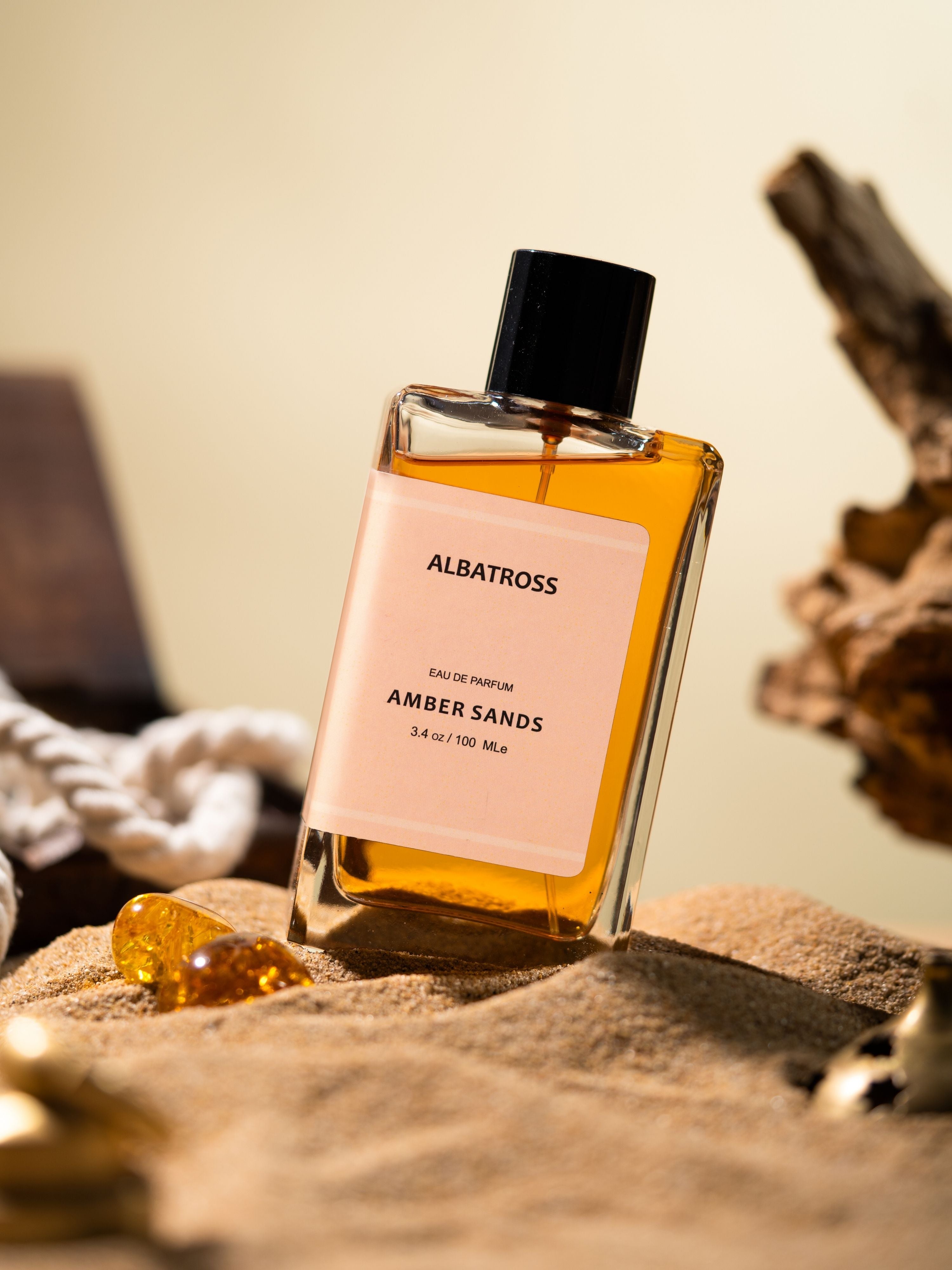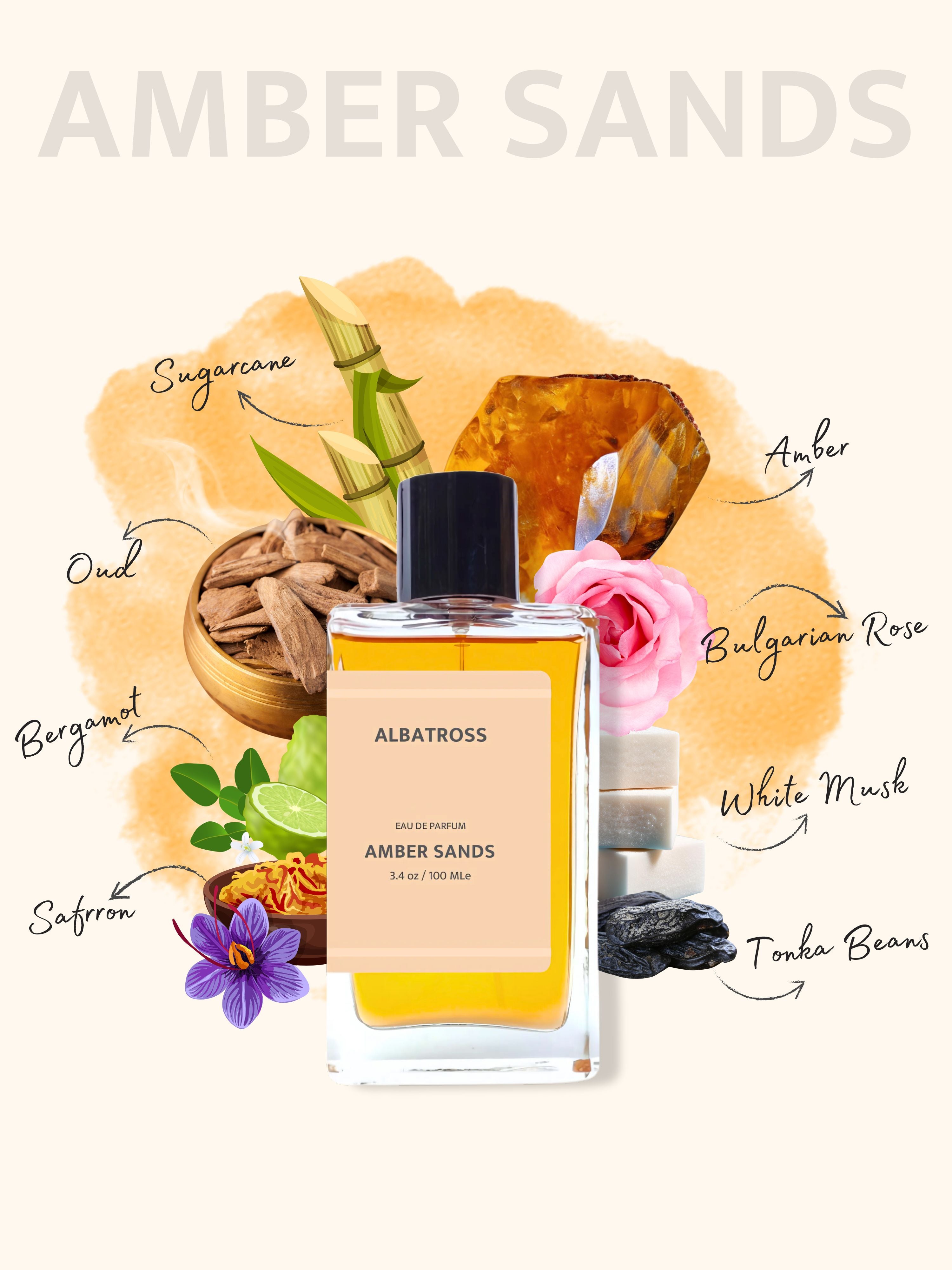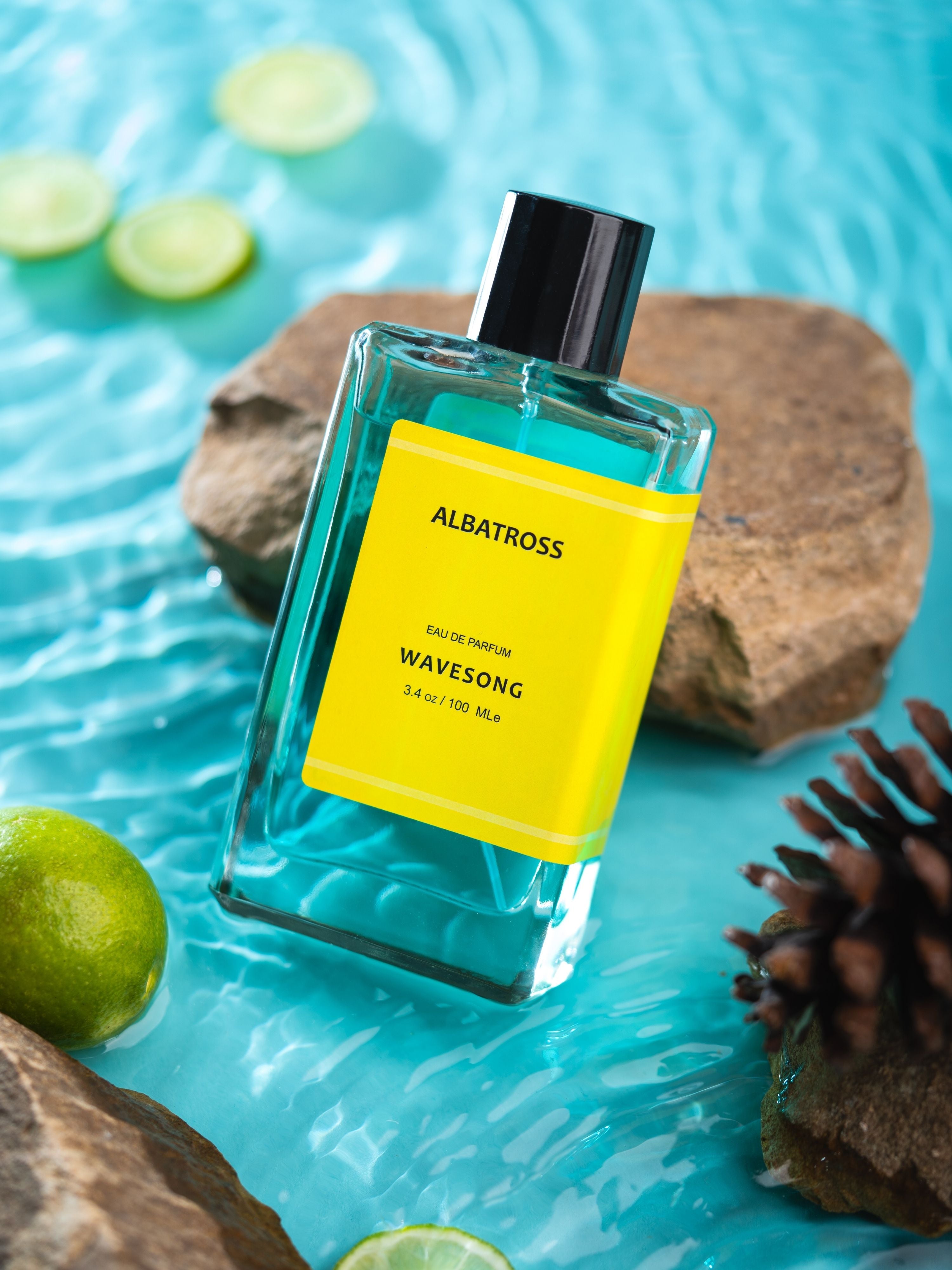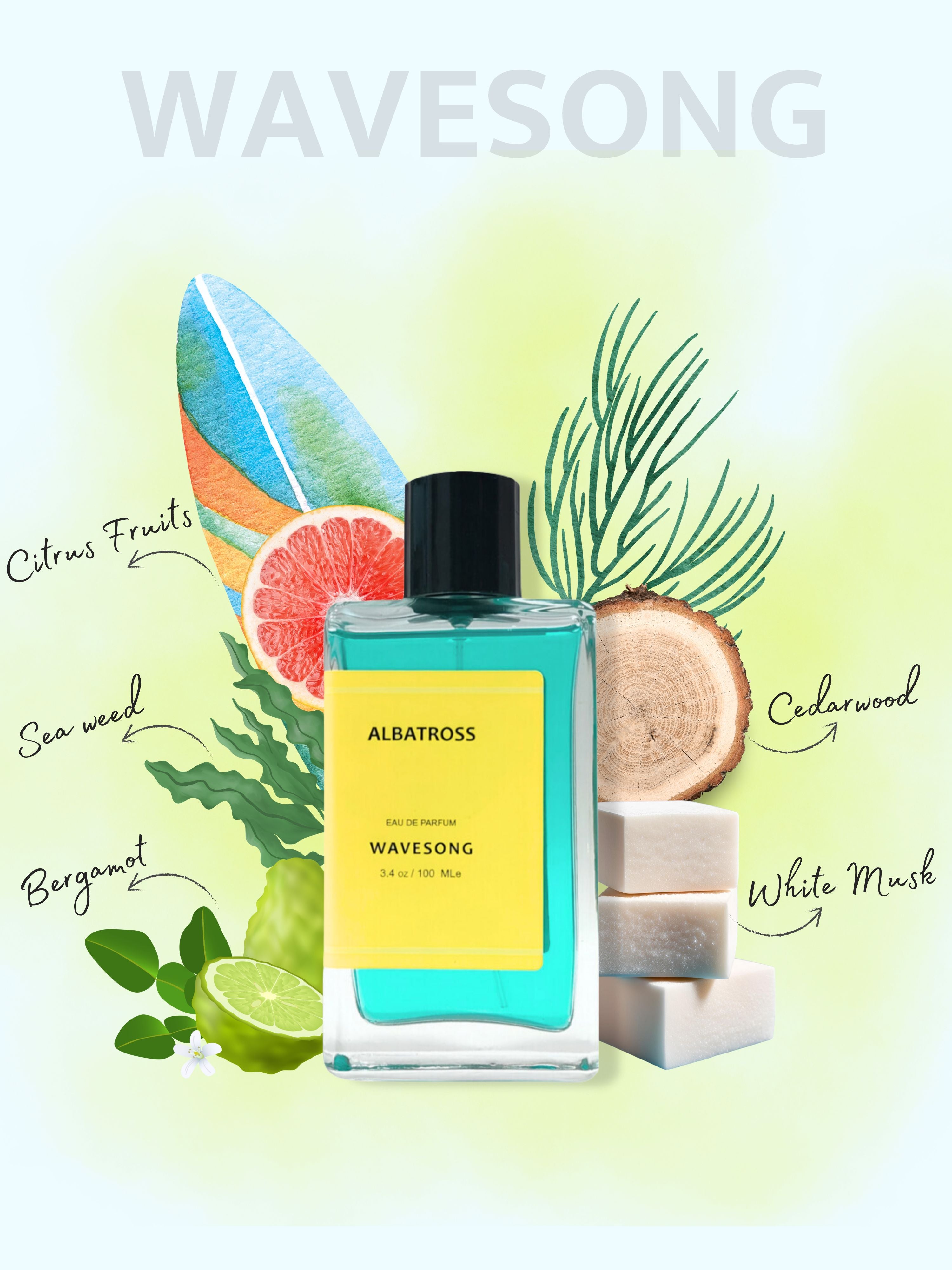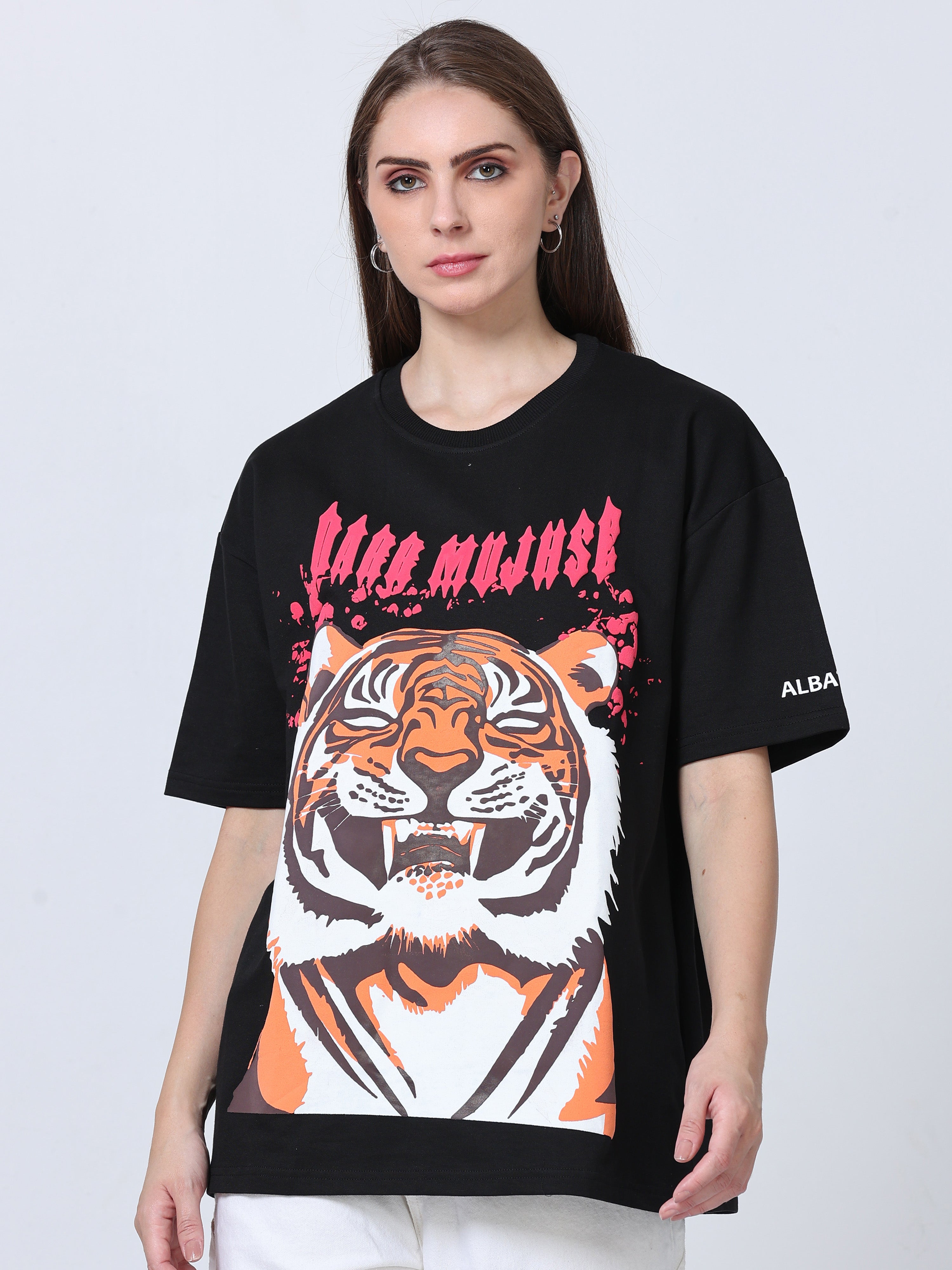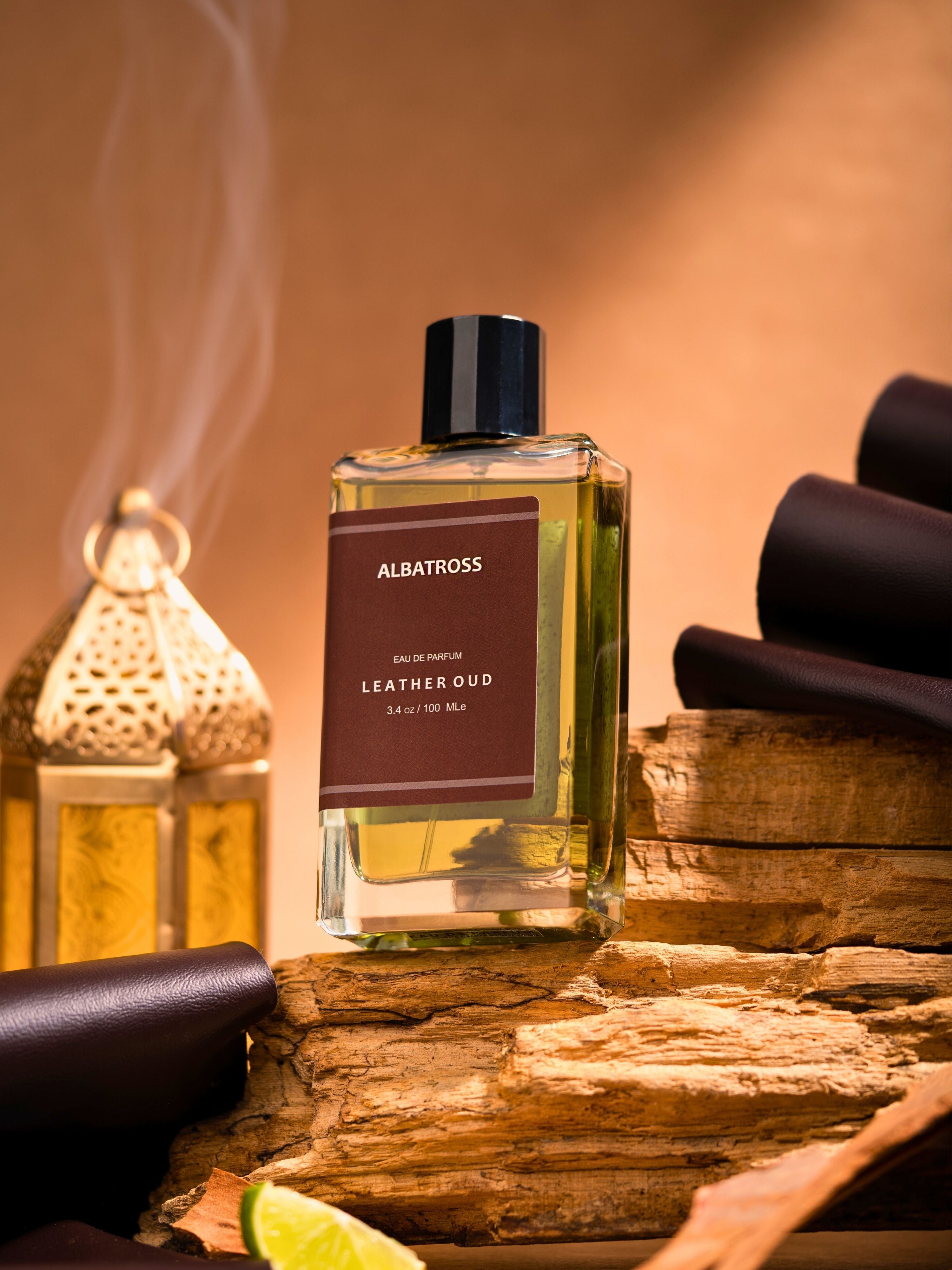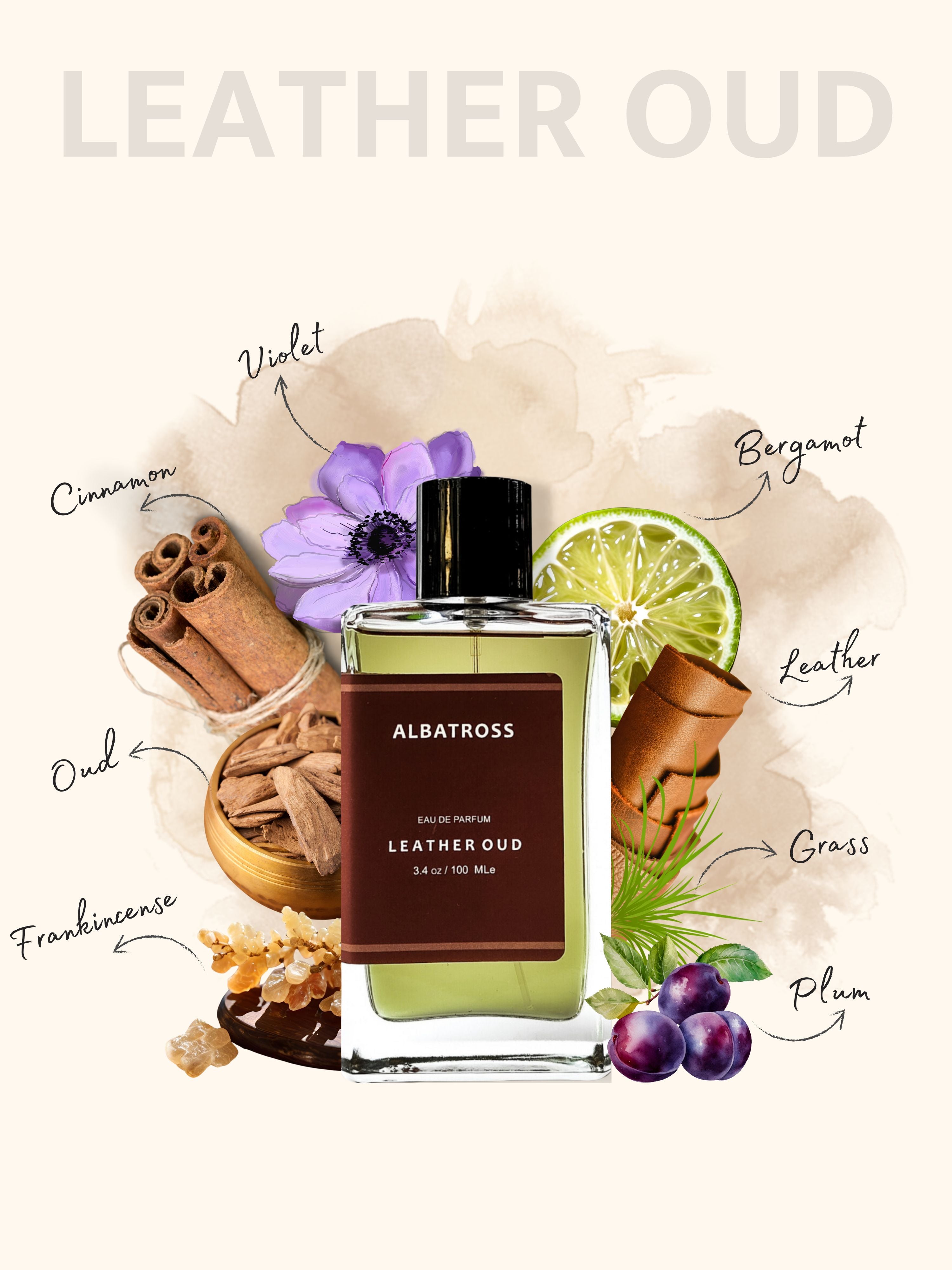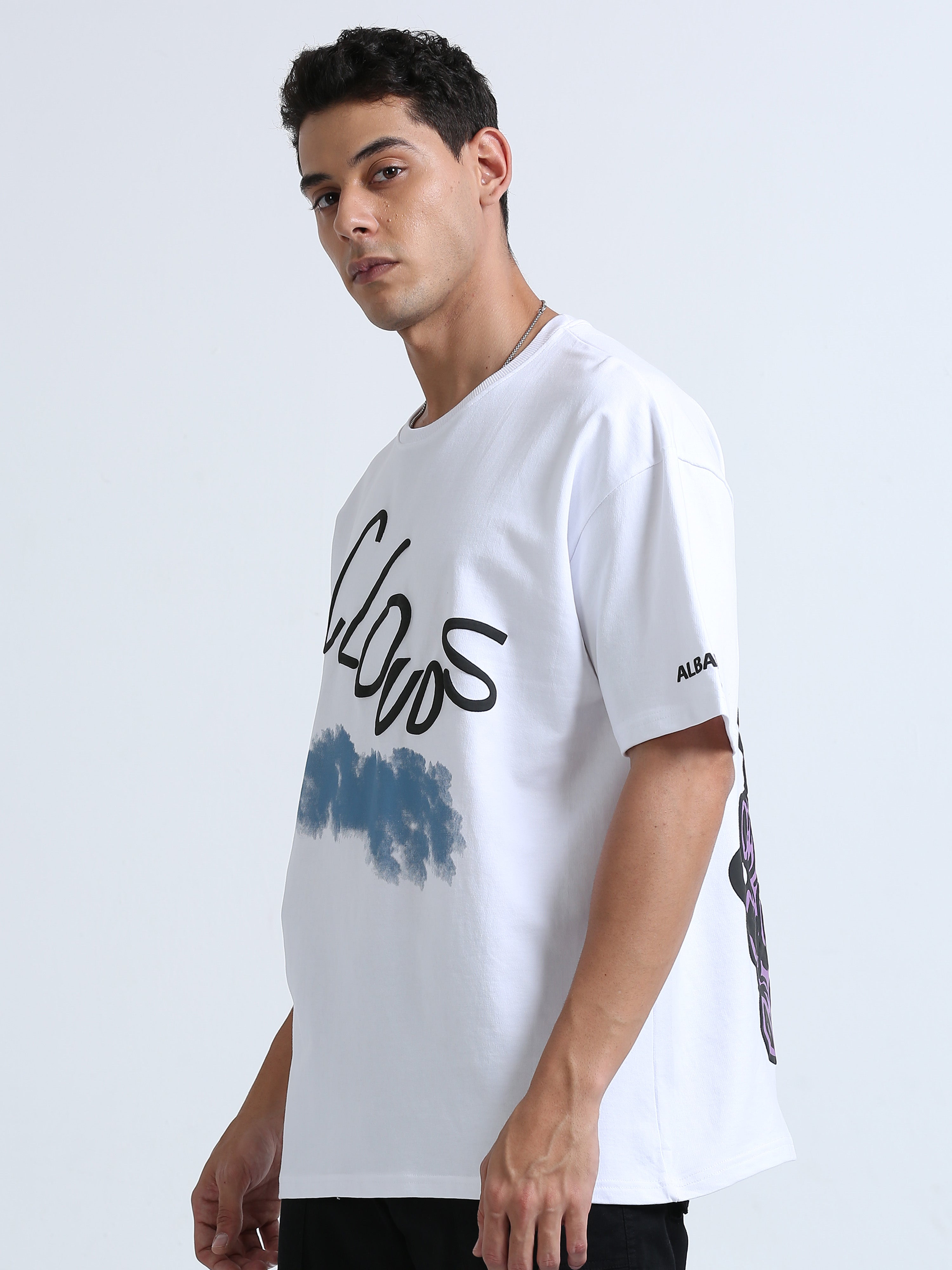The Impact of Cultural Traditions on Perfume Preferences: A Global Fragrance Journey | Albatross clothing
Perfume is not just a personal accessory it’s deeply rooted in cultural heritage, rituals, and traditions around the world. From the oud-filled souks of the Middle East to the delicate floral waters of South Asia, each region’s customs shape which scents gain popularity and why they matter.
In this guide, we’ll explore how different cultures influence perfume preferences, helping you understand global fragrance trends and appreciate the stories behind your favorite scents.
1. Middle East: The Kingdom of Oud and Resin
Historical Significance
In Middle Eastern cultures, perfume has been a symbol of hospitality, spirituality, and status for centuries. Oud (agarwood) and frankincense remain integral to traditional perfumery. Ancient rulers prized these resins for their deep, resinous aroma and believed they connected the physical world to the divine.
Common Notes & Practices
-
Oud (Agarwood): A smoky, woody powerhouse created when certain trees become infected with a particular mold.
-
Frankincense & Myrrh: Often used in incense for religious ceremonies, imparting warm, balsamic undertones.
-
Attar (Itr): Concentrated essential oils—commonly rose, jasmine, or sandalwood—distilled without alcohol.
-
Burning Bukhoor: Wood chips soaked in aromatic oils are burned at home and during gatherings, symbolizing hospitality and blessing.
Cultural Preference
-
Long-lasting, deep scents: Perfumes with rich, dense concentrations of oud and spices are highly prized.
-
Layering tradition: Many families have heirloom attar blends passed down generations, often stored in brass bottles or intricate flasks.
2. South Asia: Floral Waters and Spiced Elixirs
Historical Roots
Perfume in South Asia dates back over 2,000 years, with references in ancient texts like the Vedas. Floral waters—rose, jasmine, orange blossom—were used in daily rituals, celebrations, and Ayurvedic therapies.
Common Notes & Practices
-
Rose Water & Gulkand: Distilled rose petals create a refreshing floral water, often sipped or applied topically for cooling effects.
-
Mitti Attar (Earthy Notes): Scent of rain on dry earth (“petrichor”) is captured through distillation of soil, evoking monsoon nostalgia.
-
Spiced Base Notes: Cardamom, saffron, and sandalwood are layered to create heady, warm signatures.
-
Mehndi & Festivities: During weddings and religious events, floral sprays are tossed and applied for good luck and aroma.
Cultural Preference
-
Subtle, flower-forward scents: Fragrances that highlight rose, jasmine, and tuberose are eternal favorites.
-
Seasonal blends: Monsoon-inspired scents (e.g., mitti attar) crop up during rainy months, while saffron-sandalwood is popular in winter.
3. East Asia: Light, Green, and Tea-Inspired Aromas
Historical Roots
East Asian countries—China, Japan, and Korea—have long valued subtlety in fragrance. Incense and tea culture heavily influence scent preferences, with perfumes often reflecting nature’s simplicity.
Common Notes & Practices
-
Green Tea & Bamboo: Fresh, crisp notes evoke morning dew and bamboo forests.
-
Cherry Blossom (Sakura): A symbolic springtime fragrance in Japan, capturing fleeting beauty and renewal.
-
Incense (Agarbatti): Sandalwood and aloeswood sticks burned during meditation and ancestral worship.
-
Minimalist Perfumeries: Brands focus on transparency and simple ingredient lists, often emphasizing one dominant note.
Cultural Preference
-
Clean, airy scents: Light formulations that pair well with daily tea ceremonies and minimalist fashion.
-
Seasonal limited editions: Cherry blossom fragrances dominate spring launches, while plum or white blossom scents appear in winter collections.
4. Africa: Exotic Botanicals and Tribal Traditions
Historical Roots
Africa’s fragrance history is intertwined with tribal rituals, herbal medicine, and local plant life. Indigenous communities have used aromatic bark, resins, and flowers in cleansing ceremonies and healing practices.
Common Notes & Practices
-
Marula & Baobab Oils: Locally pressed oils prized for skincare and subtly nutty aroma.
-
African Ginger & Spices: Earthy, warm notes feature prominently in both perfumery and cooking.
-
Frankincense & Myrrh (Horn of Africa): Harvested along the Red Sea coast, these resins join oud in many luxury blends.
-
Tribal Smokes: Ritual smoking of herbs like sage or lemongrass, believed to ward off negative energy.
Cultural Preference
-
Natural & unrefined scents: Preference for raw botanical extractions rather than heavy, synthetic blends.
-
Heritage brands: Smaller perfumeries highlight local ingredients (e.g., Ethiopian rose, Madagascan vanilla) in niche collections.
5. Western Europe: Couture Houses and Heritage Brands
Historical Roots
From Grasse in France to Florence in Italy, Western Europe’s perfume legacy is anchored in couture fashion houses and royalty’s demand for luxury scents. The Renaissance and Enlightenment eras saw perfumery flourish alongside art and science.
Common Notes & Practices
-
Classic Chypre & Aldehydic Florals: Timeless structures like oakmoss, bergamot, and iris define iconic fragrances (e.g., Chanel No. 5).
-
Herb Gardens (Provence): Lavender, rosemary, and thyme feature heavily in French perfumes, reflecting lavender fields and herb farms.
-
Niche Artisanal Trends: Independent “nose” perfumers focus on experimental blends—tobacco-vanilla, leather-olive, or whiskey-bergamot.
-
Seasonal Launches: Spring and fall collections dominate, aligning with fashion calendars and seasonal ingredient harvests.
Cultural Preference
-
Sophistication & longevity: High concentration eau de parfum or extrait de parfum, often housed in elegant, collectible bottles.
-
Historical influence: Many European brands draw inspiration from aristocratic heritage—perfumeries dating back to 17th-century monarchies.
6. Modern Globalization: Blending Traditions
In today’s digital age, fragrance boundaries blur. Millennials and Gen Zers discover global scents via social media, niche subscription boxes, and travel. As a result:
-
Fusion Fragrances: Brands create “East meets West” blends—e.g., Japanese cherry blossom with French musk or Indian saffron with Italian bergamot.
-
Personalization & Custom Blends: Online platforms allow customers to mix base, heart, and top notes from different traditions, resulting in truly bespoke perfumes.
-
Sustainable Sourcing: Ethical procurement of rare ingredients (like Madagascan vanilla pods or Omani frankincense) ensures cultural practices survive responsibly.
7. How Culture Shapes Your Next Scent Purchase
-
Identify Your Heritage or Aspirations
-
Appreciate ancestral perfumes: Try rose attar if you have South Asian roots, or cedarwood if you resonate with North African traditions.
-
Explore aspirational cultures: Love French elegance? Sample a classic chypre. Fascinated by Middle Eastern depth? Seek out an oud-based eau de parfum.
-
-
Research Ingredients & Origins
-
Read labels for ingredient origins—Moroccan rose, Bulgarian lavender, or Indonesian patchouli.
-
Look for brands transparent about their supply chain, supporting local communities and sustainable harvesting.
-
-
Embrace Multicultural Sampling
-
Visit niche boutiques or order sample sets that feature global collections.
-
Layer complementary cultural notes—e.g., blend a Japanese green tea accord with a Mediterranean citrus base for a fresh, worldly signature.
-
-
Respect Cultural Significance
-
Understand certain ingredients hold spiritual or ritual importance. Altar incense in Southeast Asia or tribal smudge in Africa isn’t just a fragrance—it’s cultural heritage.
-
Conclusion: Savor the World in a Bottle
Perfumes are living artifacts of culture, telling stories of trade routes, ancient rituals, and artistic evolution. By understanding how different regions shape fragrance preferences—from the resinous depths of Middle Eastern oud to the crisp green tea notes of East Asia—you can craft a scent collection that celebrates global traditions and personal expression.
Next time you spritz on your favorite perfume, remember: you’re wearing the legacy of centuries and continents. Choose wisely, and let each bottle transport you on a journey through the world’s rich tapestry of scent.









